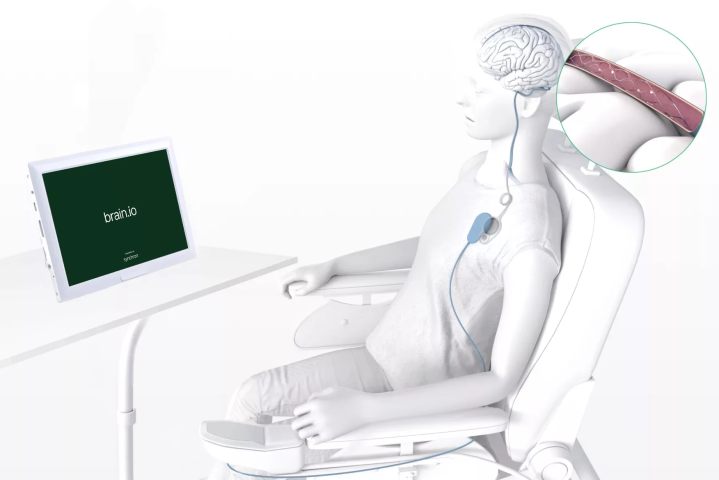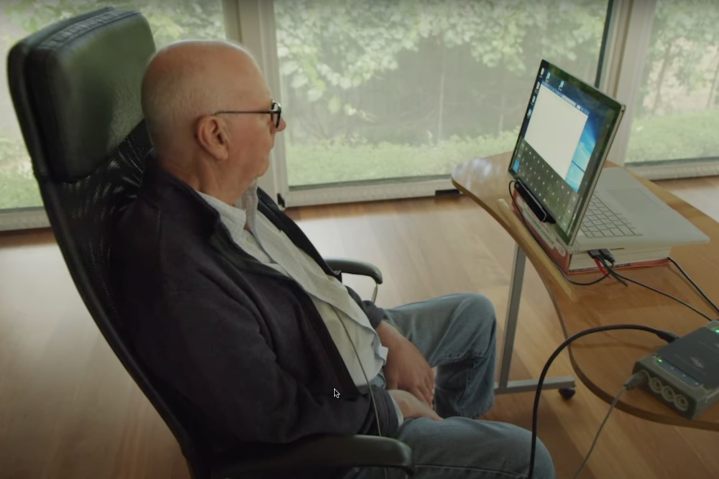A Brain-Computer Interface (BCI) is now in clinical trials on human patients, the first time this has ever happened in the United States. With all of the buzz around Neuralink, one might expect this breakthrough would come from Elon Musk’s moonshot company. However, the honor goes to a lesser-known brain interface technology leader, Synchron, and its Stentrode device.
While flashy claims of BCIs allowing VR games without a headset and amplifying human intelligence might make headlines, those are distant dreams. Meanwhile, tangible solutions to medical problems that affect patients today are being addressed by Synchron and other BCI innovators.

The Stentrode is an electrode mesh array implanted via the jugular vein using well-established neurointerventional techniques. Since this procedure avoids drilling into the skull and open brain surgery, tens of thousands of physicians and clinics around the world already can perform the operation. That means a large number of patients might benefit from this advance if testing proves it to be safe enough for further use.
Combined with Synchron’s neuroprosthesis, brain.io, the Stentrode’s signals are wirelessly transmitted to a computer interface to allow control of a smartphone, tablet, or computer. By enabling easier communication, this technology could bring a major quality-of-life improvement to patients with severe paralysis.
Earlier testing with four patients in Australia has progressed well, with no side effects after 12 months of use. After implantation and training, the patients can, for example, send Whatsapp messages and make online purchases.

The U.S. Food and Drug Administration (FDA) granted Breakthrough Device designation to Synchron in August of 2020 and on July 6, 2022, the first U.S. patient received a Stentrode. With a series of yes or no signals transmitted via this device, a specially designed app allows text entry and control of a mobile device or computer.
Synchron began work on BCIs in 2012 and the Stentrode has successfully passed through animal testing and is currently in human testing. If everything goes smoothly, the next step will be to demonstrate that this technology significantly improves the patients’ lives. Eventually, this might be a procedure that qualifies for Medicare, which would make it affordable to a large number of patients.
Brain-Computer Interfaces are moving forward at a more rapid pace as each milestone is reached, and once medical use is well-established, consumer uses will follow.
Editors' Recommendations
- Watch Neuralink’s first human brain-chip patient play chess via thought
- Neuralink implants brain chip in first human, Elon Musk reveals
- Elon Musk’s Neuralink gets FDA nod to test brain implant in humans
- Gaming monitors have been lying to us, and it’s time they stopped
- Have the Intel Arc GPUs been canceled? I sure hope not




